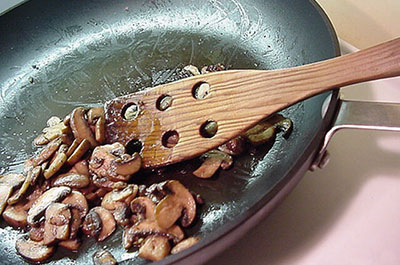Avoid polyfluoroalkyl and perfluoroalkyl (PFASs) & their replacements
In our quest to be healthy, it seems like purchasing and preparing food from scratch ought to be a step in the right direction. It is of course, but we can become unstuck during the cooking process.
Apart from the dangers of high heat cooking methods and browning, we need to be careful with selection of cookware, specifically nonstick cookware.
The dangerous compounds present in Teflon, which is the traditionally-used nonstick compound, tend to resist breakdown and remain in the body long after a meal.
The nonstick compounds polyfluoroalkyl and perfluoroalkyl (referred to as PFASs) are slowly being phased out, but their replacements aren’t much better.
In May 2015, a scientist collective issued the Madrid Statement outlining the dangers of older and newer PFASs.
Unfortunately, chemical companies can legally swap out outlawed chemicals with derivatives with the change of a few molecules. Legislation is largely unable to keep up with the continual changes to PFASs.
If you’re concerned about exposure to PFASs, switch to “old school” options like cast iron, glass and metal.
Alternatively, beef up your cookware collection with the following nonstick Teflon-free options:
- Green Pan nonstick pans use Thermolon (a compound made from minerals and these don’t break down).
- ScanPan cookware uses a “green” ceramic-titanium nonstick interior.
- Farberware Earth Pan II uses a compound called SandFlow.
- Ecolution pans are safer because the non-stick coating is held in place with water.
- Calphalon and Baccarat utilizes anodized aluminum – the aluminum is sealed and protects you from potential health hazards.
- Mauviel M’heritage pans are lined with stainless steel to prevent copper leaching.
- Xtrema ceramic cookware contains a non-toxic glaze and the pans are safe for oven and stovetop cooking.
With rapid scientific advancements, new alternatives are being developed as quickly as dangerous coatings are phased out.
But because the nonstick phenomenon started in the 1960’s and has changed significantly with passing decades, it’s tough to track significant data.
photo credit: Eraphernalia Vintage






